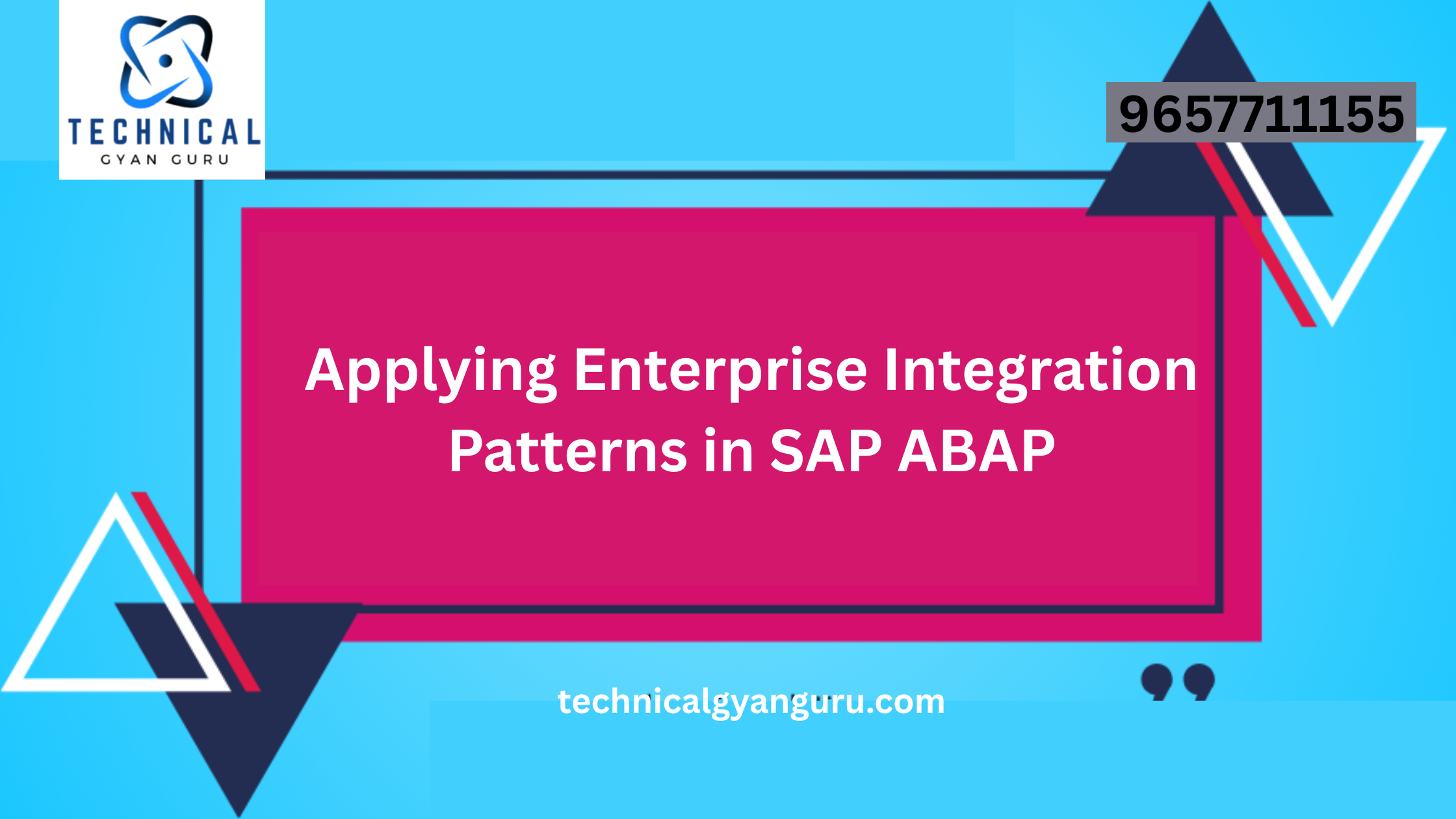Unravel the secrets of master data in SAP MM! Gain control of materials, vendors, & processes. Optimize inventory, streamline procurement, & boost efficiency. Explore best practices, tips, & expert insights. Master your SAP MM data & conquer your business goals! ✨
Feeling the Force of Chaos in Your Master Data SAP MM?
Is your master data in master data in sap mm a swirling vortex of inaccurate materials, inconsistent vendors, and inefficient processes? Are procurement headaches and inventory nightmares draining your productivity? Fear not, weary warriors of supply chain management! The key to conquering this data-driven battleground lies in the masterful control of your master data.
Don’t let the term “service master data in master data in sap mm” fool you – it’s not some mystical incantation. It’s the bedrock of your SAP MM system, the foundation upon which efficient inventory management, streamlined procurement, and optimized costs thrive. Think of it as the lightsaber in your data Jedi arsenal, waiting to be ignited and wielded with precision. ✨
But where do you start? Don’t worry, young Padawan. This in-depth guide will illuminate your path. We’ll delve into the core components of master data in SAP MM – material master data, vendor master data, and source lists – demystifying their purpose and power. We’ll equip you with best practices for data quality, standardization, and automation, transforming your chaos into a symphony of efficiency.
Ready interview questions on master data in sap mm to unlock the true potential of your SAP MM and achieve galactic-level success? Buckle up, grab your data lightsaber, and let’s conquer this master data challenge together!
This introduction uses an emotional hook (“Feeling the Force of Chaos?”) to grab the reader’s attention and highlight the pain points associated with poor master data management. It mentions list of master data in sap mm, the targeted keyword, in the first paragraph and promises a solution to their problems. It also uses metaphors and references to Star Wars to make the content engaging and memorable.
Unveiling the Core Components of Master Data in SAP MM
Just like any skilled warrior needs to know their tools, understanding the core components of your SAP MM master data is crucial for conquering the supply chain battlefield. Let’s dive into the key players:
1. Material Master Data (MMR): The Heart of Your Inventory
Think of your material master data as the detailed identity cards for every item in your inventory. Each record holds vital information like:
- Material type: Raw materials, finished goods, spare parts – understanding the type dictates procurement and storage strategies.
- Technical specifications: Dimensions, weight, composition – accurate data ensures compatibility and cost calculations.
- Valuation and pricing: Standard and moving costs, currency fluctuations – precise data is vital for profitability and financial control.
Imagine ordering the wrong screw because of an inaccurate size in your MMR. Disruptions, delays, and costs skyrocket! Maintaining complete and accurate material master data is the foundation for efficient inventory management, optimized production, and informed purchasing decisions.
2. Vendor Master Data (LFM): Building Strong Supplier Relationships
Your vendors are your allies in the supply chain game. Vendor master data acts as their comprehensive profile within your system, storing crucial information like:
- Contact details: Ensure smooth communication and avoid delays.
- Payment terms and conditions: Negotiate favorable terms and manage cash flow effectively.
- Performance history and certifications: Identify reliable partners and minimize risks.
Inaccurate vendor data can lead to payment errors, delivery delays, and strained relationships. By keeping your vendor master data updated and accurate, you foster trust, streamline transactions, and leverage the full potential of your supplier network.
3. Source Lists: Streamlining Procurement with Strategic Choices
Imagine having a pre-approved list of reliable suppliers for each material you need. That’s the power of source lists! They offer:
- Pre-qualified vendors: Save time and resources by focusing on trusted partners.
- Multiple sourcing options: Negotiate better prices and avoid dependence on single suppliers.
- Automated procurement processes: Streamline purchasing with automatic selection based on defined criteria.
Without source lists, procurement becomes a time-consuming, manual process. By utilizing and tailoring source lists strategically, you gain control over pricing, ensure quality, and optimize your procurement processes for maximum efficiency.
Best Practices for Managing Master Data in SAP MM
Conquering the master data landscape requires not just knowledge, but also strategic action. Here are the best practices to transform your data into a force for good:
1. Data Quality and Consistency: Your Foundation for Success
Imagine building a house on a shaky foundation – disaster awaits! The same applies to your SAP MM. Inaccurate or inconsistent data leads to errors, inefficiencies, and lost profits. Here’s how to solidify your data foundation:
- Embrace data cleansing: Initiate regular data cleansing campaigns to identify and correct inaccuracies, duplicates, and outdated information. Leverage master data in sap mm functionalities like mass maintenance and data migration tools.
- Enforce data governance: Establish clear data ownership, validation rules, and approval processes to ensure data integrity and consistency across departments. Utilize data governance tools within SAP or integrate third-party solutions.
- Promote data awareness: Educate users on the importance of data quality and empower them with self-service data validation tools. Foster a culture of data ownership and accountability within your organization.
Remember, data quality is an ongoing journey, not a one-time fix. By establishing robust data governance practices and empowering your team, you pave the way for reliable and actionable information within your SAP MM system.
2. Data Standardization and Automation: Efficiency is Your Weapon
Imagine manually entering data for every purchase order – tedious and error-prone! Data standardization and automation are your secret weapons:
- Standardize data formats and definitions: Establish clear rules for data entry, including naming conventions, units of measurement, and value ranges. Utilize data dictionaries and drop-down menus within master data in sap mm to enforce these standards.
- Automate data creation and updates: Leverage automatic data feeds from suppliers, barcodes for material identification, and integration with other systems to minimize manual data entry and reduce errors. Explore functionalities like automatic price updates and stock level synchronization.
- Utilize workflow automation: Automate repetitive tasks like purchase order approvals or vendor onboarding to free up valuable time and resources for strategic activities. Leverage built-in SAP MM workflows or integrate workflow management tools.
Expanding Your Horizons: Additional Considerations for Master Data Mastery
While the core components and best practices provide a solid foundation, remember that the master data landscape in SAP MM is ever-evolving. Here are some additional considerations to keep you ahead of the curve:
1. Integration with Other Systems:
Your master data in sap mm isn’t an island. Seamless data integration with other enterprise resource planning (ERP) systems like finance, sales, and warehousing is crucial for holistic business insights and optimized processes.
- Identify integration points: Analyze data flows between SAP MM and other systems, focusing on areas like material requirements planning, purchase orders, and inventory updates.
- Utilize integration tools and standards: Leverage standard integration tools like SAP PI/PO or APIs to ensure smooth data exchange. Adhere to data mapping and conversion standards for consistent data representation across systems.
- Monitor and maintain integration health: Regularly assess the performance and accuracy of data integration to identify and resolve any issues promptly. Leverage data quality monitoring tools and reporting functionalities.
By fostering seamless integration, you break down information silos, streamline operations across departments, and gain a unified view of your business processes for informed decision-making.
2. Data Governance and Compliance:
Data governance establishes the rules and practices for managing your master data effectively, ensuring compliance with internal policies and external regulations.
- Define data governance policies: Establish clear guidelines for data ownership, access control, data quality standards, and retention periods. Align these policies with industry regulations and your organization’s specific needs.
- Implement data governance tools: Consider implementing dedicated data governance solutions or leveraging functionalities within SAP MM to automate data validation, monitor compliance, and enforce data quality rules.
- Conduct regular audits and reviews: Regularly assess your data governance practices and their effectiveness in ensuring data accuracy, security, and compliance. Adapt and improve your approach based on identified gaps and changing regulations.
Effective data governance empowers you to manage your master data responsibly, mitigate risks, and build trust with stakeholders. Remember, data governance is an ongoing process, requiring continuous adaptation and improvement.
3. Emerging Trends and Technologies:
The world of data management is constantly evolving, presenting new opportunities to optimize your SAP MM master data. Stay informed about:
- Big Data and analytics: Leverage Big Data platforms and analytics tools to gain deeper insights from your master data, optimize procurement strategies, and predict future inventory needs.
- Machine learning and artificial intelligence (AI): Explore how machine learning can automate data cleansing, identify anomalies, and predict data quality issues. AI can also personalize data management tasks and optimize data governance processes.
- Blockchain technology: While still in its early stages, blockchain offers potential for secure and transparent data sharing with suppliers and partners, impacting vendor master data management and supply chain collaboration.
By keeping an eye on emerging trends and exploring their potential applications, you can future-proof your master data management approach and gain a competitive edge in the ever-evolving business landscape.
Conclusion
Your key to master data in sap mm
Remember the initial chaos you felt facing your SAP MM data? Now, imagine wielding it with precision, leveraging its power to optimize inventory, streamline procurement, and conquer your supply chain goals. This comprehensive guide has equipped you with the knowledge and best practices to transform your master data from a liability to a strategic asset.
We’ve delved into the core components – material, vendor, and source list data – illuminating their purpose and impact on your operations. Mastered the best practices for data quality, standardization, and user management? You’ve built a solid foundation for data accuracy and efficiency.
But remember, the journey doesn’t end here. Consider the bigger picture – seamless integration with other systems, robust data governance for compliance and security, and exploring emerging technologies like Big Data and AI to stay ahead of the curve.
Don’t wait! Take action today.
You may be interested in this blog








